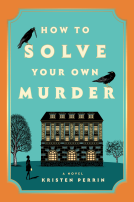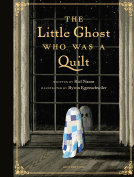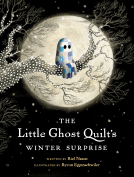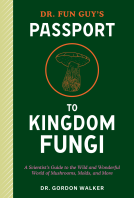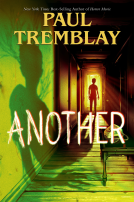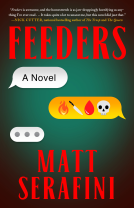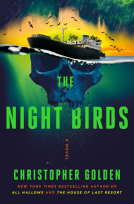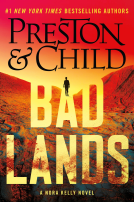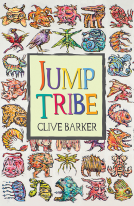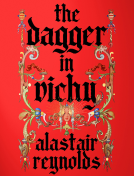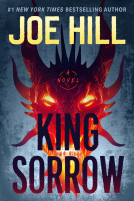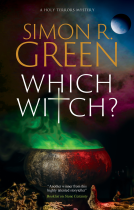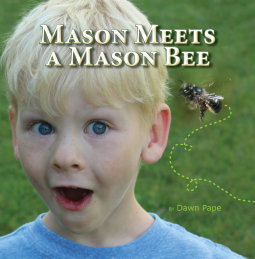
Mason Meets A Mason Bee
by Dawn Pape
This title was previously available on NetGalley and is now archived.
Send NetGalley books directly to your Kindle or Kindle app
1
To read on a Kindle or Kindle app, please add kindle@netgalley.com as an approved email address to receive files in your Amazon account. Click here for step-by-step instructions.
2
Also find your Kindle email address within your Amazon account, and enter it here.
Pub Date Oct 31 2014 | Archive Date May 14 2015
Good Green Life Publishing | Independent Book Publishers Association (IBPA), Members' Titles
Description
Meet Mason—a boy who is afraid of bees. Discover how Mason conquers his fear of bees and feels like a superhero on a mission to save bees after he meets a talking mason bee. Yes, a bee sharing his own name! This rhyming picture storybook teaches timely, important and weighty topics about native bees, habitat, pesticides, and native plants in a light and fun way.
Although geared for grades K-5, adults may learn a thing or two as well. This book naturally ties into science, social studies, and health curriculum. The back of the book features a note to the caregivers/teachers; additional resources to learn more about insects and habitat; as well as links to extension activities and lessons about pollinators.
Picture Storybook, Informational Fiction
A Note From the Publisher
Heather Holm, Dave Hunter (both contributed photos).
Available Editions
| EDITION | Paperback |
| ISBN | 9780985187750 |
| PRICE | $9.99 (USD) |
Average rating from 19 members
Featured Reviews
 Dana B, Reviewer
Dana B, Reviewer
This is a cute rhyming book for children that tells facts about bees and their importance in pollinating the plants that we eat. It also tells about the dangers of pesticides and has lovely photographs of bees and flowers and an adorable little boy. I did, however, think that the photos of bees that they had drawn faces on were rather creepy. There are not many of those and perhaps children will think they are cute. I received this book free to review from Netgalley.
 Stephanie H, Reviewer
Stephanie H, Reviewer
Mason is a boy who is afraid of bees until he comes face to face with a Mason Bee only to find that the bee is afraid of humans too!
In this fun and educational story Mason learns about the importance of bees from a bee himself. Once Mason is assured that bees are not out to hurt him, he learns why bees are important to him and the ecosystem. In a rhyming scheme, kids will learn not to fear bees, what bees do to help us and what we can do to help them. Mason Meets a Mason Bee introduces the very important topic of the declining bee population to children in an easy-to-understand way and opens up a dialogue for what children can do to help the bee population.
This book was provided for free in return for an honest review.
REVIEW MASON MEETS A MASON BEE
A delightful story with a serious real-life message, MASON MEETS A MASON BEE photographically illustrates the encounter of a young boy named MASON, with a type of bee [New to me!] which daily pollinated 100 times the amount of a honeybee. This particular Mason bee is both verbal and voluble, and instructs his namesake on several important lawn and garden matters.
The book also appends explanations, research, and links. The author, Dawn Pape, is the LawnChair Gardener.
 Cindy M, Librarian
Cindy M, Librarian
A wonderful story about a boy and a bee with the same name. The bee educates the boy and the reader on the importance of insects in our world. This was a fun, fact filled book that lets everyone who reads it know what they can do to help take care of our planet.
A cute tale for early readers with garden knowledge added!
 Lindea Y, Reviewer
Lindea Y, Reviewer
Mason meets a mason bee, is a very educational and funny little book. It provides valuable information about Mason Bees and insects in general. It provides information about how important they are to the world (they pollinate which means they are giving us food). It is very informative, it is based on very recent research: ex. research about pesticide and how it may contribute to Bee Hive collapse.
In the end the book has a very informative essay for adults, which outlines the bee-crisis and stands we can take to help without sounding condescending.
Overall it is a great educational book, with great imagery. .
Readers who liked this book also liked:
Hannah Rose May
Comics, Graphic Novels, Manga, Horror, Mystery & Thrillers
